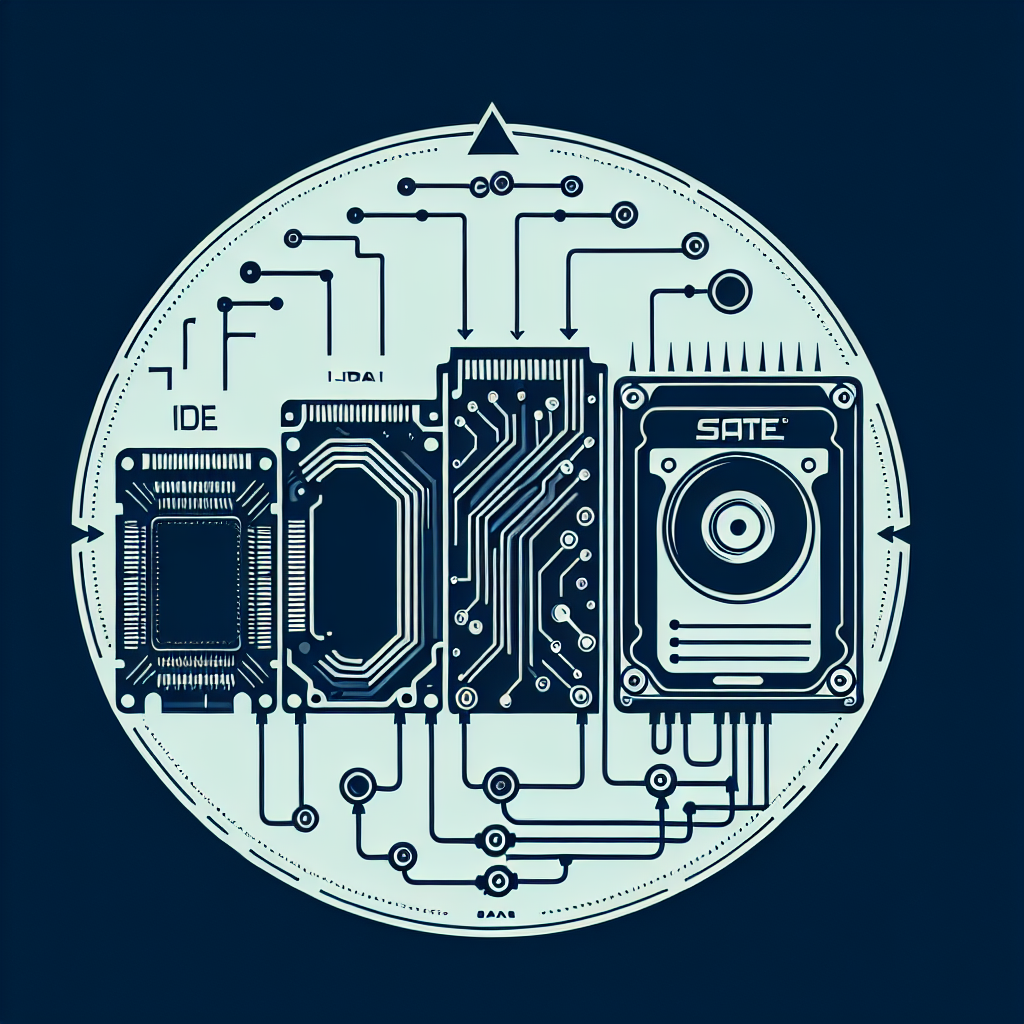The Evolution of SATA: From IDE to SSD
The Evolution of SATA: From IDE to SSD
The Serial ATA (SATA) interface has come a long way since its inception, transitioning from the older IDE (Integrated Drive Electronics) standard to the much faster and more efficient Solid State Drive (SSD) technology. This evolution has revolutionized the way we store and access data on our computers, providing faster speeds, increased reliability, and enhanced performance.
IDE, which was introduced in the 1980s, was the standard interface for connecting hard drives to computers for many years. However, as technology advanced and the demand for faster data transfer speeds increased, IDE began to show its limitations. IDE cables were bulky and limited in length, and the interface itself was not able to keep up with the growing demands of modern computing.
In the early 2000s, SATA was introduced as a replacement for IDE, offering a more streamlined and efficient way to connect hard drives to computers. SATA cables were thinner and longer, allowing for better airflow and cable management within computer cases. The interface itself was also much faster, with transfer speeds of up to 6 gigabits per second (Gbps) compared to IDE’s maximum speed of 133 megabits per second (Mbps).
As technology continued to advance, the demand for even faster storage solutions led to the development of Solid State Drives (SSDs). SSDs use flash memory to store data, which allows for much faster read and write speeds compared to traditional hard drives. SSDs also have no moving parts, making them more reliable and durable than traditional hard drives.
SATA interfaces have continued to evolve to accommodate the faster speeds and increased capabilities of SSD technology. The latest iteration, SATA 3.0, offers transfer speeds of up to 6 Gbps, making it ideal for use with high-performance SSDs. Additionally, SATA interfaces have also been adapted to support the new M.2 form factor, which allows for even faster speeds and smaller form factors for ultra-thin laptops and desktops.
Overall, the evolution of SATA from IDE to SSD has greatly improved the performance and reliability of storage solutions for computers. With faster transfer speeds, increased reliability, and improved efficiency, SATA has become the standard interface for connecting storage devices to computers. And with the continued advancements in SSD technology, SATA interfaces will likely continue to evolve to meet the demands of modern computing.


